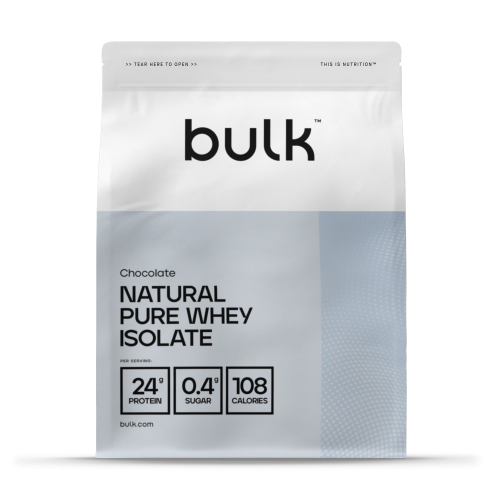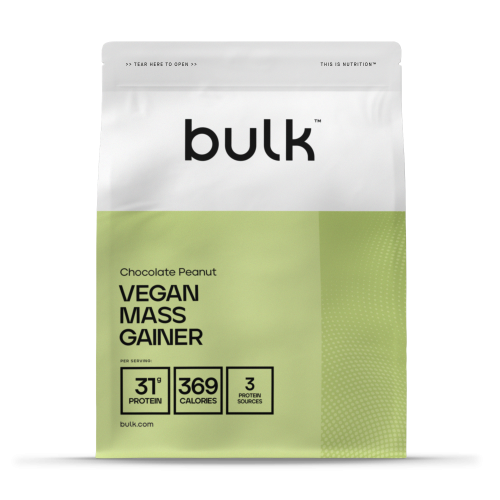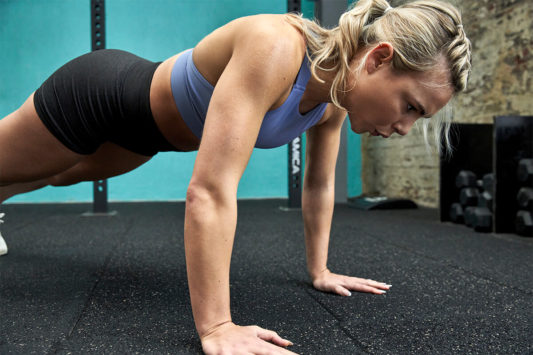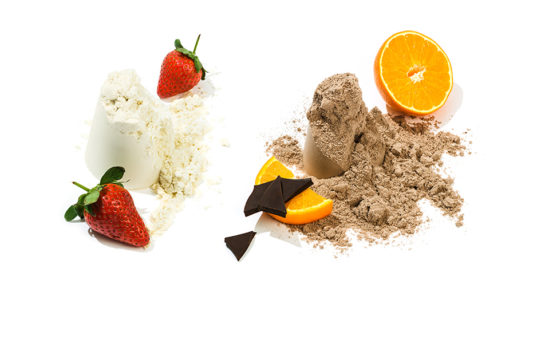Starting out on Your Fitness Journey
When first starting out on your fitness journey, it is important to take note of a few basic things. Firstly, what are you eating? Is this the sort of food you should be consuming? Secondly, how often are you training? Thirdly, how are you training? Is your training reflective of your goals? And lastly, are you limited or restricted in terms of nutrition? Are you getting what you need, when you need it?
Let’s break this down.
What are you eating and how will this impact your training and progress?
Most people who join a gym for the first time do so because they want to change and this normally ties in a desire to: look better and feel better, have improved health or increase sporting performance.
When starting out in something new it is important to understand why you are starting in the first place. You need to address what it is you want and why you want it. You then need to consider lifestyle factors that have contributed to your current situation. 90% of the time (approximately) nutrition will be the most destabilising factor.
Address your nutritional downfalls early and you’re already half way there. On a very basic level we should try to eat a diet that is balanced in the 3 macronutrients: protein, fats and carbohydrates. In the very early stages up your protein intake via real foods or protein supplementation, but don’t ignore goods fats and carbohydrates. If you are new to training it is important to refuel regularly – your body will be in a state of shock initially and proper nutrition will help you to recovery quickly.
How often should you be training?
There is no hard and fast rule for this so the frequency of your training will depend on your desire to change, as well as lifestyle factors such as your job and social commitments. At the beginning, while motivation is high, we’d recommend training as frequently as possible. During this initial shock phase your body will probably start to adapt quite quickly – that’s not to say you’ll see immediate results – but your body mechanics will acclimatise and your training will become more efficient as things become more familiar.
Whilst we encourage you to train, it is crucial to understand the importance of recovery too. As a general rule of thumb, try and give yourself 1/2 days rest per week. You can adjust this frequency as needed and in conjunction with your progression but during the early stages be sensible. If you skimp on recovery days you run the risk of hitting a training plateau whereby your progression begins to slow down and/or stop completely. Sleep is also extremely important. It is during sleep that our bodies, and more importantly our central nervous system, gets a chance to reboot and repair itself.
So train hard but listen to your body!
What are you training?
A common mistake by many people is exercise choice. Like nutrition, different exercises will have different physiological effects on the body, so it is important to make the right decisions when it comes to training.
If your goal is fat loss, you’re best incorporating a combination of resistance training (compound moves) and HIIT. Not only will this kick start your metabolism but compound moves are known to recruit a higher percentage of muscle fibres, meaning your body is working harder during training (compared to single isolation moves)
Leave your magazines and phones at home, you don’t need distractions. These will not help you achieve your goals!
Nutrition for fat loss
For fat loss, nutrition is key. Don’t undo all your hard work in the gym by being lazy or eating foods you shouldn’t. Simple carbohydrates are the enemy here so avoid sugary foods, sweets, fizzy drinks and alcohol. Consuming this sort of food during your training is counter-productive. Try to eat whole foods where possible and avoid processed foods – these will often have hidden nasties.
If your goal is increasing endurance, you may wish to concentrate on a mix of cross-training incorporating running, cycling and rowing for example. You can start with volume progressions (distance) and then factor in intensity variations (time). HIIT has also been shown to benefit athletes in endurance events, but perhaps work on your base levels first before getting too adventurous.
If performing resistance training, mid-to-high rep sets will be most effective for building muscular endurance (anything above 15 reps). Compound moves are still the most efficient – you’ll work more muscles and tax your cardio-respiratory system in a similar way to that of an endurance race or competition.
Nutrition for endurance
With any type of endurance training it is really important to replenish your glycogen stores (the source of glucose/energy stored in the liver and at the site of muscles in humans). Without the necessary nutrition or supplements to restore these levels, the body will struggle to recover as quickly, with symptoms such as prolonged DOMS and lower training intensity in other sessions – not to mention a tendency to pick up colds and viruses.
If your goal is muscle gain, it’s best to hit the weights. When you start out don’t feel like you need to be a hero! Start with a weight you are comfortable with. If you can’t complete 8-12 reps of the given weight with good form, you’ll end up slowing your rate of progression. Plus, you don’t want to be that guy who is clearly struggling and pushing/lifting way more than he/she should be. Leave your ego at the door, increase weight weekly and you’ll build a solid foundation for growth.
Focus your attention on the power moves: Bench press; Shoulder press; Deadlift; Back Squat. Each of these moves will set you in good stead to pack on muscle and boost the release of growth hormone.
We are an advocate of full-body workouts, especially during the early stages of training but as weight increases, you may wish to consider a training split – Bench press & deadlifts on Monday, Shoulder press & back squat on Tuesday for example.
Isolation moves like biceps curls, lateral raises and crunches can all be added to the end of a workout. These are nice finishers but for initial gains, focus on the bigger moves first.
Nutrition for muscle gain
Nutrition is paramount again. On a very basic level you should make sure you are eating enough protein – the type of protein at this stage is less important but Whey Protein is a popular post-workout choice or consider a slow release Casein protein before bed.
Packing on size often proves a big problem. An easy way to add a few lbs of muscle and size is to up your calorie intake in the form of carbohydrates. The combination of protein and carbs post-workout has been shown to aid recovery and increase protein synthesis (the process of muscle repair/building)
An all-in-one product such as Informed Mass is often a great starter supplement for beginners looking for muscle and size as it combines a number of ingredients including protein, carbohydrates and important amino acids like BCAAs and Glutamine.













